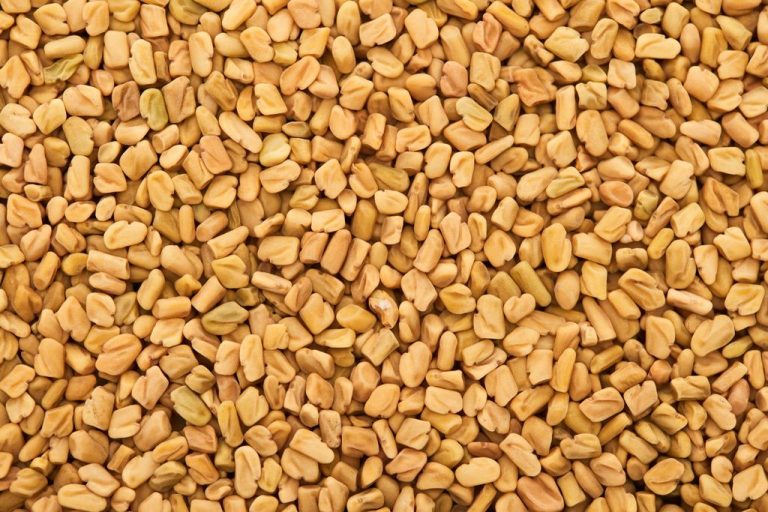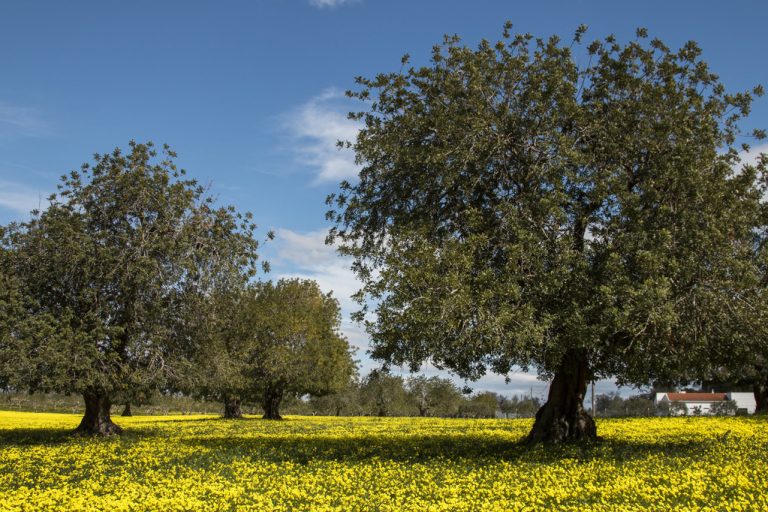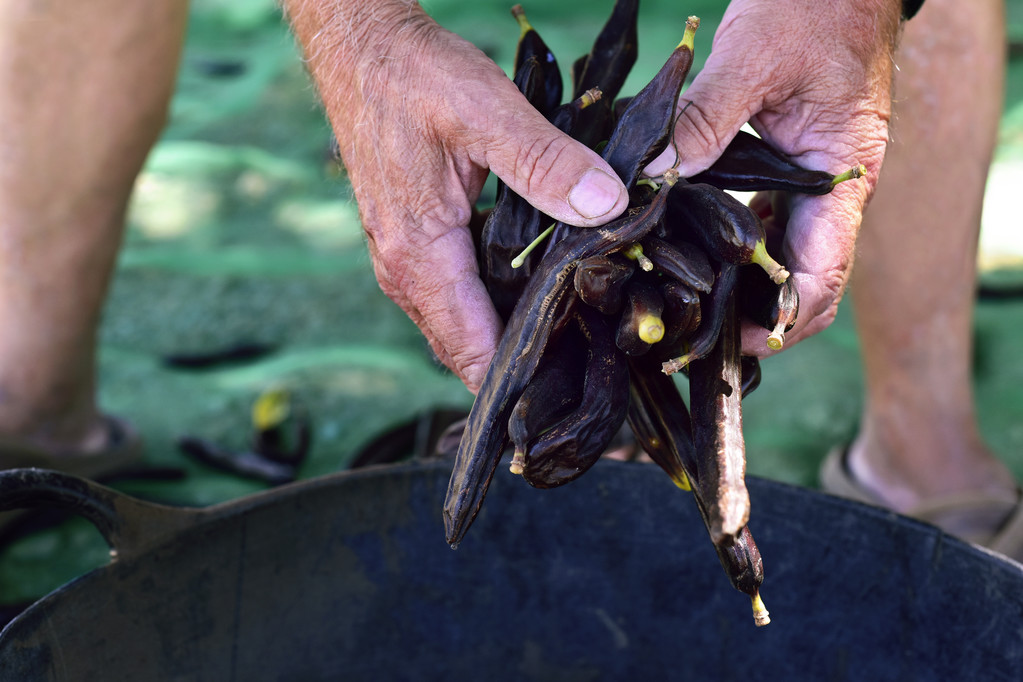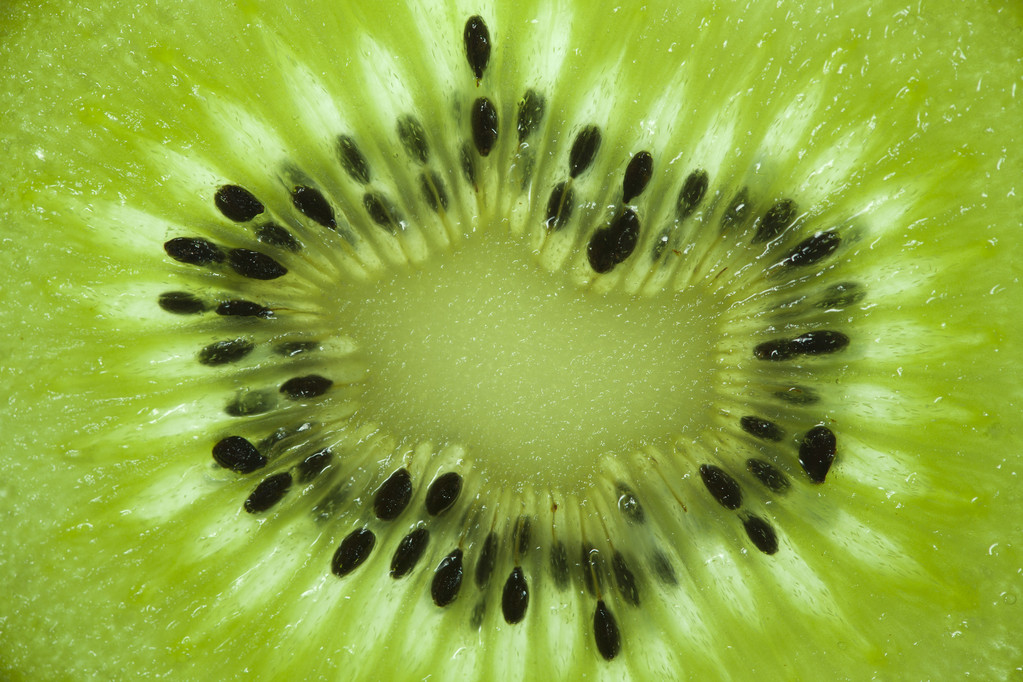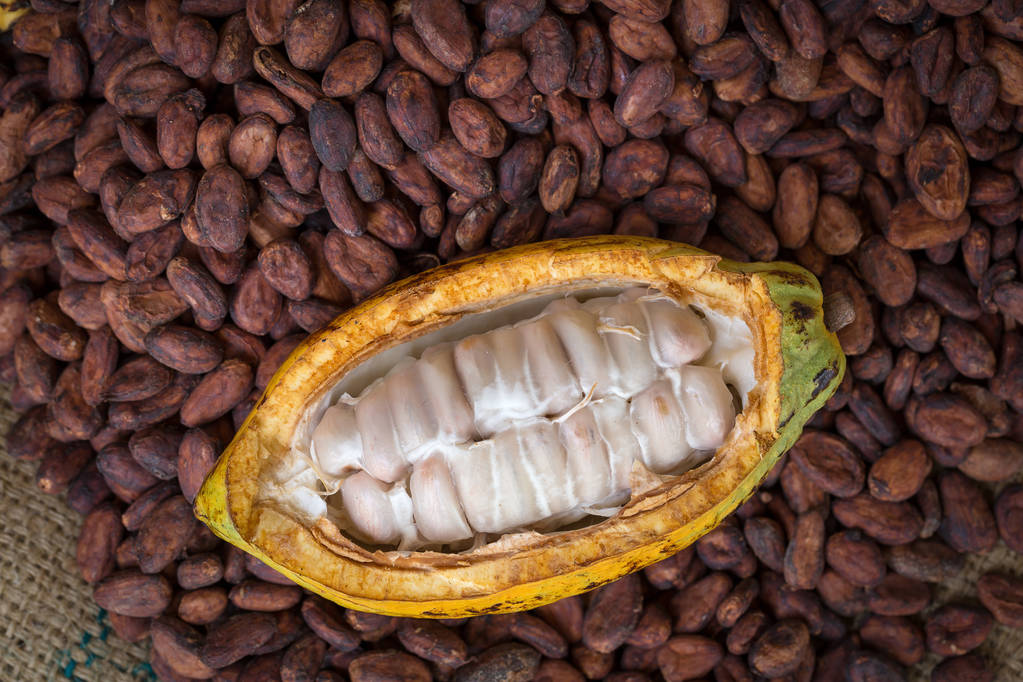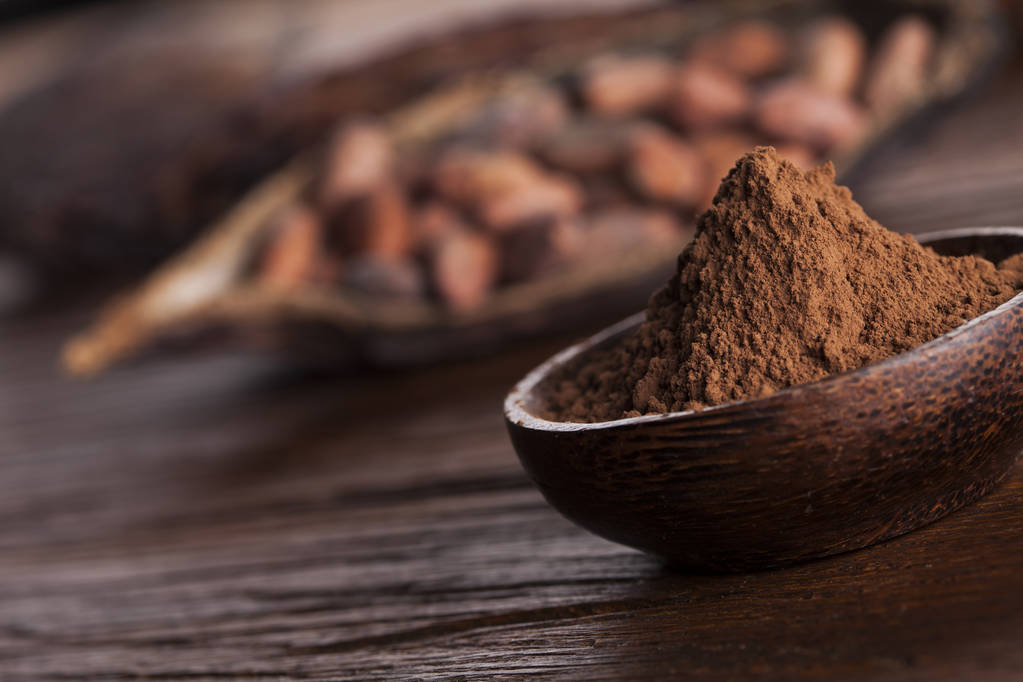Buying a used laptop saves money and protects the environment. If you want to buy a cheap laptop but don’t want to skimp on quality, you can opt for a refurbished laptop. Because these devices can keep up with new devices in technical condition.
When buying new electronic devices, it does not necessarily have to be expensive new goods. Because various service providers have specialized in the processing of used devices, which are available for sale as so-called refurbished IT at an attractively low price.
Tips on buying cheap laptops

The product cycles from one model to the next are becoming ever shorter. And not everyone is willing to buy the latest model as soon as it is launched. Because the prices for new laptops and smartphones are often high. Nevertheless, some buy a new model as early as possible. Meanwhile, others rely on buying the laptop used. No matter what you decide, in both cases, you can get well-functioning devices. More and more refurbished products are being offered in stores, so you can buy a laptop cheaply. In addition, also note tips for saving money in the household.
What is a refurbished laptop or smartphone?
Basically, a refurbished laptop is a used laptop that has been refurbished by specialized service providers. The laptops were thus brought back to a technically perfect condition. Consequently, they can be sold more cheaply to the customer. This is worthwhile because many used laptops are disposed of even if they have minor defects or a damaged battery. Instead of fixing computer problems and repairing devices on their own, many people buy newer models. But for people who want to buy a cheap laptop, a refurbished laptop is worth it.
Where do refurbished laptops come from?
The principle behind refurbished IT is very simple. The basis of the special kind of recycling is business PCs, which have a high performance and were designed with a deliberately long service life. If companies no longer need them because they are switching to faster hardware, then the old ones are refurbished. Consequently, the computers are brought up to date. You can then buy the laptop used at correspondingly attractive prices. You will find them on the platforms of special resellers and sometimes receive devices that are “like new”. Also, note tips for making slow computers faster.
Buy a used laptop for more sustainability
Since laptops, computers, and smartphones are often replaced by new models, this creates a lot of waste. Although many of the devices have only minor quirks, they are thrown away. But the processing and sale of refurbished devices is sustainable and protects the environment from unnecessary waste. In addition, the computers perfectly meet many private needs. Therefore, you should buy a used laptop next time and protect the environment.
Buy cheap devices and save money
Another advantage besides sustainability is the price. Most refurbished devices are cheaper than new products. It is, therefore, a good opportunity, especially for families, to buy used laptops that are still of high quality. The same applies to buying a mobile phone and other household appliances that you can buy so cheaply and in good condition.

If you are willing to put up with small scratches or blemishes, you can set up your household completely with usable appliances at a reasonable price. Then the defect of washing machine, a dishwasher can be overcome financially easier, whereby Refurbished IT has absolutely new devices ready for you. So you can save a lot of money on the internet.
Buy from a professional seller
While there are many advantages to buying used products. But caution is also required here. Because the word refurbished in particular is not protected. Consequently, when choosing your used products, you should choose exactly where and from whom you buy them. Many well-known dealers offer their own products refurbished, so you are on the safe side.

